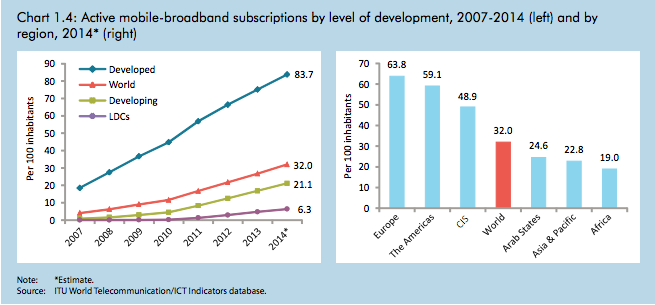Paul Chiusano, in the course of reinventing the world, writes:
One of my personal pet causes is developing a better alternative to HTML/CSS. This is a case where the metaphorical snowdrift is R&D on new platforms (which could at least initially compile to HTML/CSS).
The problem with the ‘snowdrift’ here, to abuse the metaphor, has nothing to do with IP law, and nothing to do with lack of innovation. It has everything to do with the size of the drift. You don’t have any choice but to wait for someone else to come along to help shovel. But the author is trying to say, If everyone doesn’t shovel, nobody gets out. And that’s not always true.
A quick reminder: When HTML first came out, the very first thing virtually every proprietary software vendor of note did was create their own, better alternative. Web design tools were so common, it became difficult to market oneself as someone who actually knew how to create HTML by hand. And each of those tools used proprietary extensions and/or unique behaviour in an attempt to provide a ‘better alternative’ to consumers – and of course to corner the market on web development, and therefore on the web itself.
Continue reading



